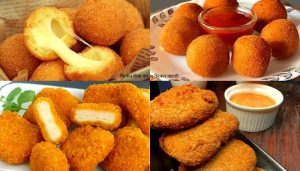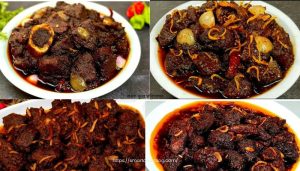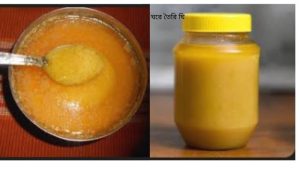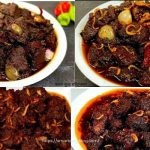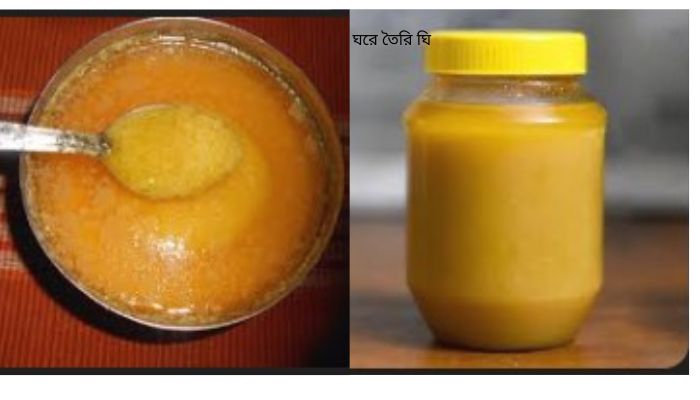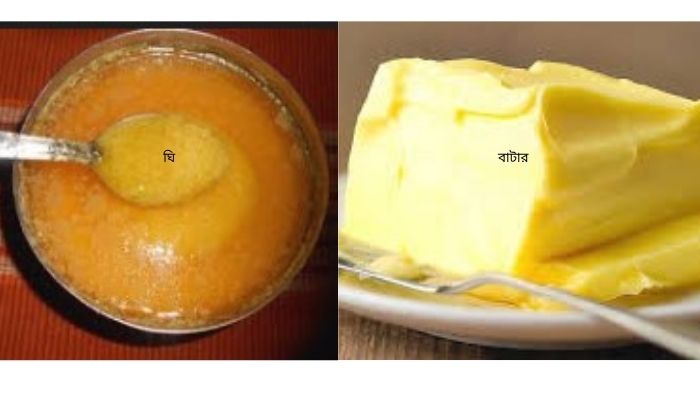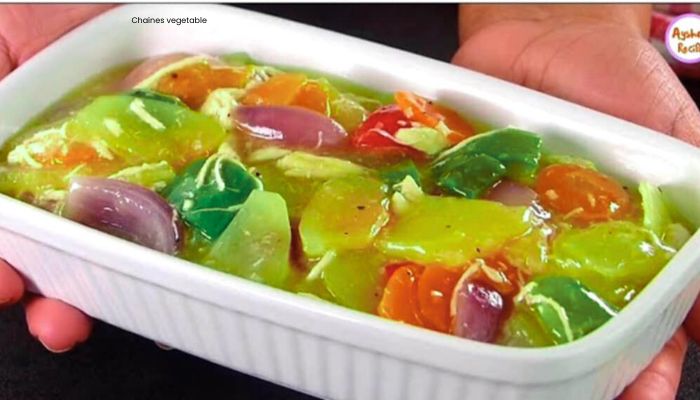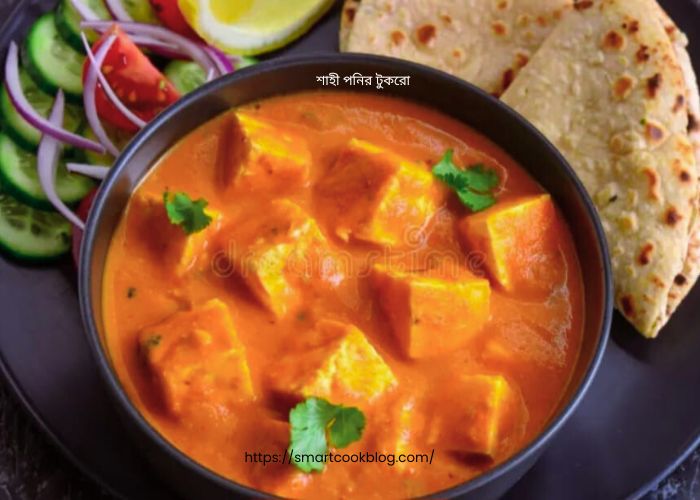Homemade Butter and Ghee Recipe: A Complete Guide
Introduction
Butter and ghee are two golden dairy treasures that have been part of kitchens across the world for centuries. Butter is loved for its creamy, rich taste that enhances everything from bread to baked goods, while ghee, a clarified form of butter, is celebrated in Indian and Middle Eastern cooking for its nutty aroma, long shelf life, and health benefits. Making butter and ghee at home is not only simple but also ensures purity, freshness, and authentic taste.
In this article, we’ll dive deep into the origins, reasons to try, and step-by-step methods of preparing butter and ghee at home.
Origin of Butter and Ghee
Butter traces back to ancient Mesopotamia and Rome, where people churned milk into a solid form to preserve its fats. Over time, butter became a staple in European and Western cuisines, used in everything from pastries to sauces.
Ghee, on the other hand, originated in India thousands of years ago. It was mentioned in the Vedic scriptures as a sacred food used in rituals and daily cooking. Ghee became an essential ingredient in Ayurvedic medicine, praised for its ability to improve digestion, boost immunity, and nourish the body. Today, ghee is popular worldwide as a healthier alternative to butter, especially for those who are lactose-intolerant.
Reasons to Try Homemade Butter and Ghee
- Purity & Freshness—Store-bought products often contain preservatives; homemade versions are 100% natural.
- Rich Flavor—Butter has a creamy, slightly sweet flavor, while ghee has a nutty, caramel-like aroma.
- Health Benefits—Ghee supports digestion, boosts immunity, and is rich in fat-soluble vitamins (A, D, E, and K). Butter provides energy and aids nutrient absorption.
- Cost-Effective—Making them at home is often cheaper than buying high-quality brands.
- Satisfying & Fun – Churning butter or simmering ghee is a joyful kitchen experience that connects you with traditional cooking.
Ingredients for Butter and Ghee
For Butter:
- 2 cups heavy cream or full-fat milk cream (chilled)
- Pinch of salt (optional, for salted butter)
- Ice-cold water (for washing the butter)
For Ghee:
- 500 g unsalted butter (preferably homemade or organic)
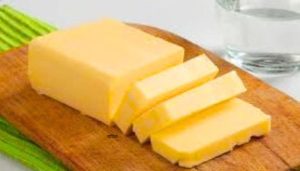
How to Make Butter at Home
- Prepare the Cream—Pour chilled heavy cream into a clean mixing bowl or blender.
- Whipping Stage—Using a hand mixer or food processor, whip the cream until it thickens into whipped cream. Continue whipping until the fat separates from the liquid (buttermilk).
- Butter Formation—The yellowish butter will separate from the white buttermilk. Strain and collect the butter.
- Washing the Butter—Wash the butter in ice-cold water to remove excess buttermilk. This step prevents spoilage.
- Add Salt (Optional)—Knead in a pinch of salt if you want salted butter.
- Storage—Store in an airtight container in the fridge for up to 2 weeks.
Result: Soft, creamy butter that can be spread on bread, used in baking, or melted into sauces.
How to Make Ghee at Home
- Melt Butter—Place unsalted butter in a heavy-bottomed pan on low heat.
- Simmering—Allow it to melt completely and simmer gently. Foam will form on top.
- Separation—After 15–20 minutes, milk solids will settle at the bottom, and the liquid will turn golden and aromatic.
- Strain the Ghee—Once a nutty aroma develops, turn off the heat. Strain the clear golden liquid through a cheesecloth.
- Cool & Store—Let it cool completely before storing in a glass jar. Ghee doesn’t need refrigeration and lasts for months.
Result: Pure, golden ghee with a nutty flavor and long shelf life.
Serving Ideas
- Spread butter on warm toast, pancakes, or parathas.
- Use butter in baking cookies, cakes, or croissants.
- Drizzle ghee over steamed rice, khichdi, or lentils.
- Add ghee to chapatis, rotis, or dosas for extra flavor.
- Melt butter over grilled vegetables or steak for richness.
Uses of Butter and Ghee
- Butter: Baking, sautéing, sauces, frosting, spreads.
- Ghee: Frying, deep-frying, Ayurvedic remedies, skin care, lamp lighting in rituals.
FAQ (Q&A)
Q1: Is ghee healthier than butter?
Yes. Ghee has lower lactose content and a higher smoke point and contains antioxidants, making it healthier for many people.
Q2: Can I make butter without a mixer?
Yes. You can shake cream in a jar vigorously until the butter separates.
Q3: How long can homemade ghee last?
If stored in a clean glass jar, ghee can last 6–12 months without refrigeration.
Q4: Can salted butter be used for making ghee?
It’s not recommended, as the salt burns during cooking and changes the flavor.
Q5: What can I do with leftover buttermilk from butter?
Use it in pancakes, cakes, or smoothies, or marinate chicken and fish for tenderness.
Tips for Best Results
- Always use fresh cream or organic butter for the richest flavor.
- Stir continuously while making ghee to avoid burning.
- Store butter in small batches to keep it fresh.
- Try flavored butter with garlic, herbs, or honey.
- Use a clean, dry spoon when scooping ghee to extend shelf life.
Conclusion
Butter and ghee are not just cooking essentials; they are cultural and nutritional treasures. While butter brings creamy indulgence to Western cuisines, ghee represents the golden heart of Indian cooking and Ayurveda. Making them at home ensures purity, flavor, and health benefits that store-bought versions often lack. With just milk, cream, and a little patience, you can prepare both butter and ghee, filling your kitchen with the aroma of tradition and the richness of wholesome dairy. Whether spread on bread, stirred into curries, or used in sweets, butter and ghee add joy to every bite.
Would you like the Bangla version of this same recipe?





